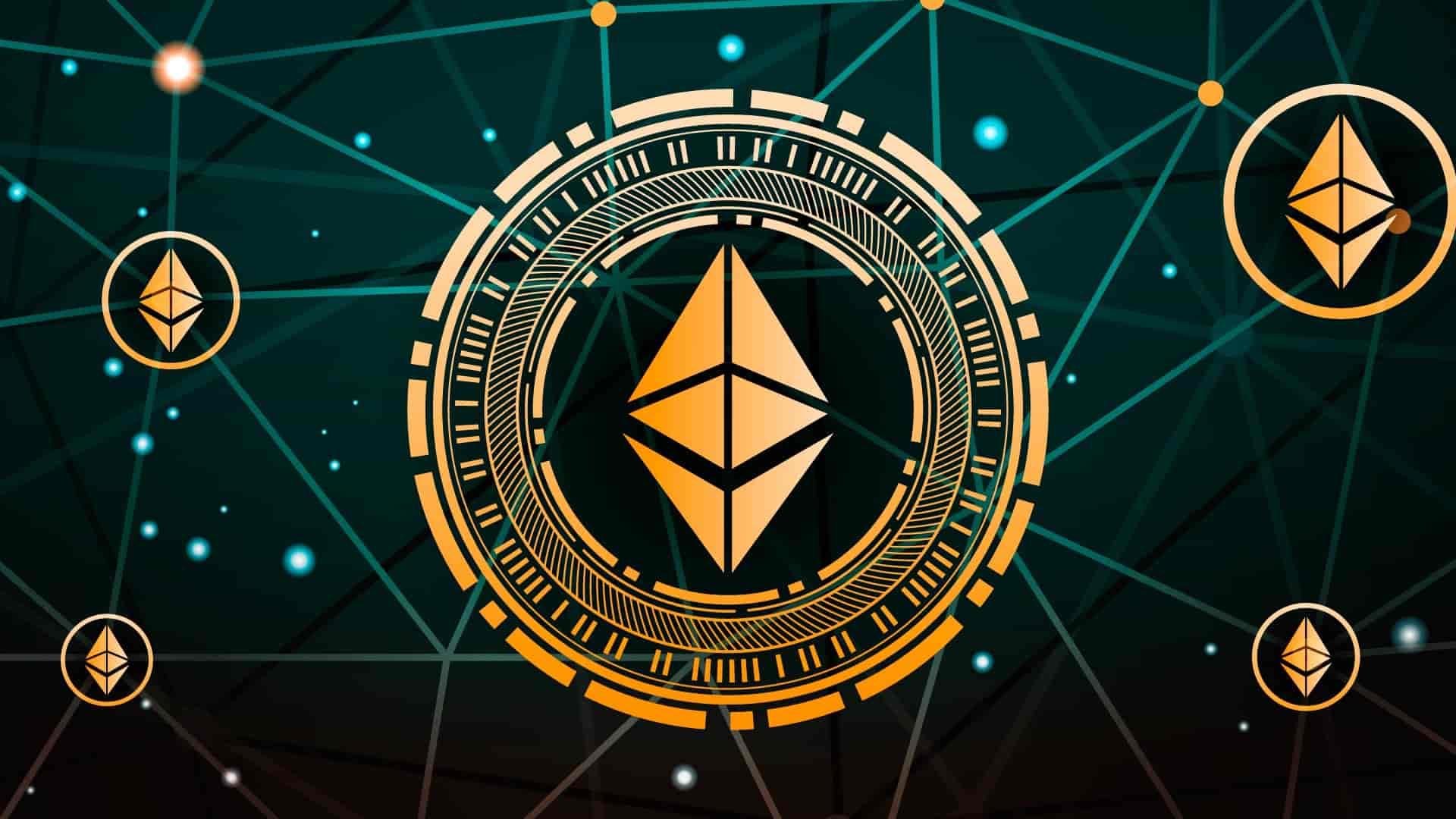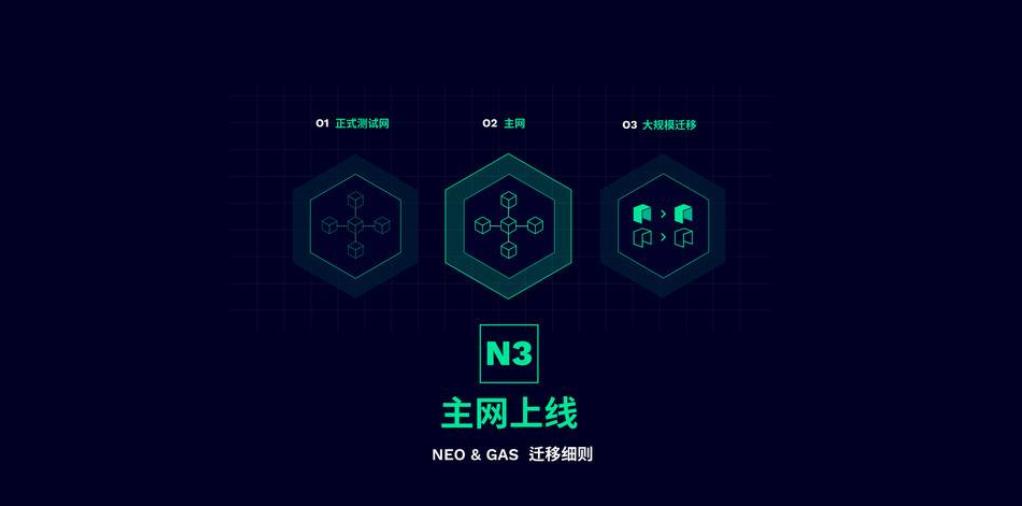Use or Hold? The Dual Token Model Solves Classic Crypto Dilemmas
Original Title: "To Use or Hold? Solving the Classic Crypto Conundrum With a Dual Token Model"
Original Author: Da Hongfei, Founder of Neo Blockchain
Is a dual token model better than a single token model? While major blockchain networks are unlikely to change their token models in the short term, this remains a growing area of interest for blockchain developers.
The traditional single token model favored by Bitcoin and Ethereum undoubtedly has its advantages—high liquidity and simplicity—but only a dual token model can address the long-standing economic conflict in blockchain, where actual use of the network can hinder its growth.
A Paradox That Raises Questions
Fundamentally, all blockchains share a common goal: to reliably record transactions, store economic value, and promote network growth. Of course, they achieve these goals in various ways, some with stronger privacy protections than others. But fundamentally, they are all moving in the same direction.
Currently, the vast majority of blockchain ecosystems rely on a single token, which reflects the project's value while serving as a store of value (similar to stocks), a medium of exchange (currency), a mining reward, and a means to pay transaction fees. This is where the problem lies.
Holders of crypto assets—any token-based economic source—support the project and want it to succeed. They buy tokens because they like the technology, trust the developers, and believe the project (and its native asset) will succeed.
However, if they spend tokens on gas, they reduce their stake in the entire project ecosystem. Conversely, if they refuse to spend tokens, they neglect the actual use of the network.
This paradox is easy to understand but difficult to reconcile. Unlike currency, crypto assets have the potential to appreciate significantly over time, attracting long-term holders. From the blockchain's perspective, this is also good news for building the united community that blockchain developers strive to create.
The choice between actively using the protocol (and reducing their stake by paying gas) and anticipating profits while holding tokens creates an economic and emotional conflict.
There is also an important issue: in certain ecosystems, spending tokens can lead to a reduction in users' rights and influence within certain governance models. This makes users less willing to "spend" their hard-earned tokens on some on-chain protocols.
But there is an alternative.
Let Economics Work
You shouldn't spend your tokens just for transactional value. It's like using your Starbucks (SBUX) stock to buy a cup of coffee or using your precious Apple (AAPL) stock to snag the latest iPhone. This is especially painful when gas prices soar due to network congestion.
Back in February, Ethereum gas broke previous records, exceeding $20 for the first time. If you are a die-hard Ethereum fan, every time you need to pull out $20 worth of ETH for a transaction, it feels like throwing away a lottery ticket before the results are announced. After all, that $20 could be worth $200 in five years.
The dual token economic model solves this problem. In this case, one token fulfills governance duties, while the other token is used solely for paying gas. In such a system, holders of the former token can be seen as "owners" of the network, as they have the right to vote on the project's direction. Meanwhile, the token used for paying gas is completely decoupled from the main asset, thus resolving the issue of "using the protocol reduces equity."
Dual token systems are still rare, possibly because blockchain OGs are reluctant to make a radical change to their token models. In the past, we have seen several blockchain forks, and the consequences that followed were always unpleasant. Modifying the fundamental rules of a protocol by introducing a separate gas token is a decision that should not be underestimated.
However, second and third generation blockchains understand the benefits of issuing separate tokens for governance/payment and incentives/gas. And it's not just public chains: many GameFi projects, stablecoin protocols, and lending/financing platforms have adopted dual token systems, meaning their users no longer need to sacrifice liquidity or compete for scarce on-chain resources.
Projects like Neo (my project), VeChain, Ontology, Axie Infinity, and Frax are experimenting with different dual token models, which I believe are forward-looking.
But like any experimental technology, the design of the protocol itself can go wrong. The catastrophic implosion of the Terra blockchain proved this, as it used the native asset LUNA to help back the stablecoin, particularly the USD-pegged UST token.
Researchers pointed out before its collapse that the design of the network created incentives to short the stablecoin, a problem that does not need to be repeated in other dual token systems.
Dual Tokens to Support the Ecosystem
As demonstrated by several previous projects, the economics of a dual token system make sense. The dual token model has several common characteristics.
First, the total supply of the main token is usually limited, used for governance, share-of-voice (SOV), or dividend distribution. It is typically distributed through public sales or grants.
In contrast, the auxiliary token (or utility token) has an unlimited or elastic supply. It is used for on-chain payments and gas, and is rewarded to participants in its ecosystem or holders of the main token.
When the growth rate of economic activity exceeds its inflation supply rate, the price of the utility token will rise. As the yield of the utility token increases, the demand and price of the main token will also rise until the yield reaches a new equilibrium level.
Finally, the utility token creates positive feedback for the main token through economic activity.
Following this model, the economic/emotional conflict that forces users to choose between actively using the protocol and long-term investment is resolved. When the utility token is used for ongoing incentives and system growth, main token holders are also incentivized to participate in on-chain activities and protect the network.
With cutting-edge technologies like blockchain, new ideas need to be embraced. The dual token model is no longer a bizarre fantasy but a viable solution to the frustrating paradox discussed in this article. In terms of blockchain economics, the dual token model is indeed better than a single one.










